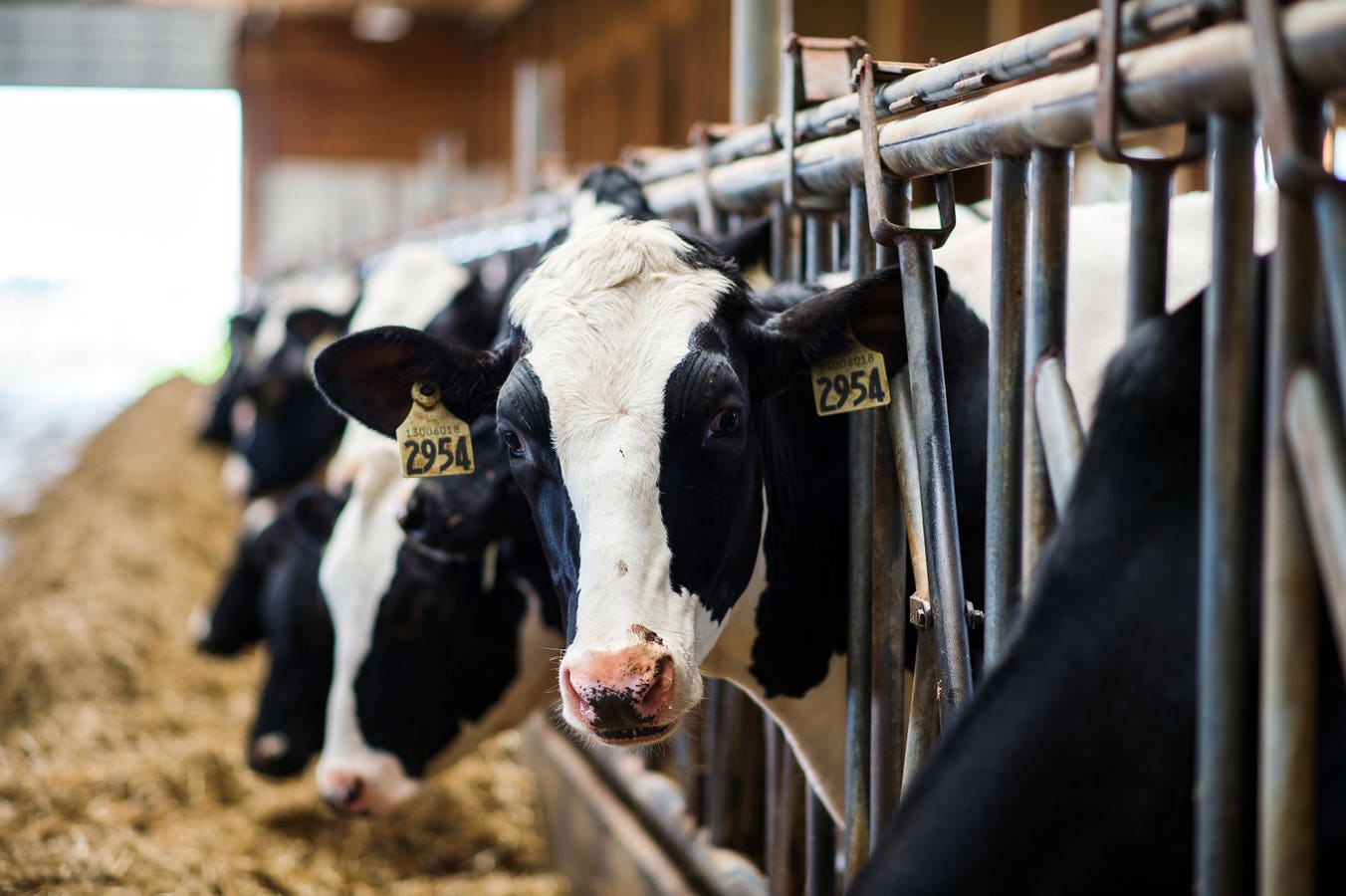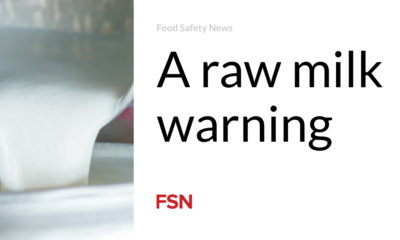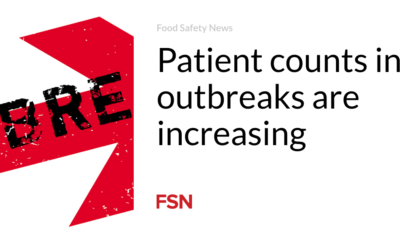Health
Canada monitors milk for H5N1 during outbreaks in US dairy herds

A herd of dairy cattle stands in a cowshed on a rural farm in Canada. Photographer: James … [+]
Labs in Canada have started testing milk samples for the H5N1 bird flu strain that has spread through American dairy cows amid fears the infection could spread to Canadian herds.
So far there is no evidence of infections in dairy cows, but the Canadian Food Inspection Agency tests milk and a group of scientists from across the country are also conducting routine tests on retail milk samples.
“We hope that by regularly testing Canadian milk from across the country over time, we can identify any outbreaks as quickly as possible should they occur here,” said Dr. Hannah Wallace, PhD, a postdoctoral researcher at the Department. in Medical Microbiology and Infectious Diseases from the University of Manitoba in Winnipeg.
As of the last update on June 14, the scientists had evaluated 72 retail milk samples from every Canadian province from coast to coast. All yielded negative results for H5N1.
The testing complements the Canadian government’s coordinated testing between the Public Health Agency of Canada, Health Canada and the Canadian Food Inspection Agency (CFIA), which tests both cows and milk samples for H5N1. Possibly dairy cattle imported from USA to Canada must also be tested and found negative for the virus before coming to Canada.
“CFIA has the ability to test large numbers of samples in one batch, while we aim to test fewer samples, but on an ongoing basis. It is imperative that academic and government partners work together on infectious disease outbreaks and if we were to detect positive samples in the future our first call will be to CFIA,” said Wallace.
The virus, which has also been found in cats, mice and a small number of people, has now been found in a herd of dairy cows. dozens of states, with the outbreak showing no signs of slowing down. But is it inevitable that the virus will also spread to Canadian herds?
“With proper testing and containment protocols, I don’t believe this is inevitable, but it is a possibility,” says Dr. Jordan Wight, PhD, who also conducts the testing at the University of Manitoba. “That’s why testing and monitoring is so important. It’s so important that if it does happen, we can identify it early and respond appropriately.”
It is currently unknown whether infected dairy herds in the US directly infect others, or whether all dairy herds are infected through close contact with infected wild birds.
“Since H5N1 is primarily transmitted by wild birds (which obviously do not adhere to man-made boundaries), the risk of a bird transmitting the virus to livestock in Canada is always present,” Wallace said.
According to recent statistics, there are more than 1.3 million dairy cattle across 9,443 farms in Canada and the sector is expected to be valuable $15.58 billion (US) in 2024.











